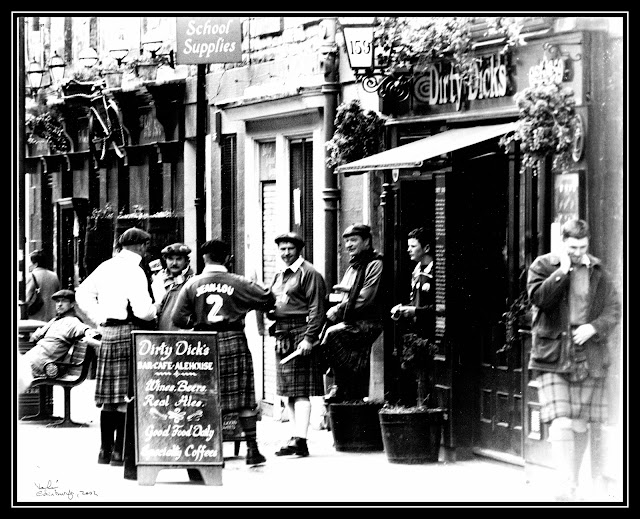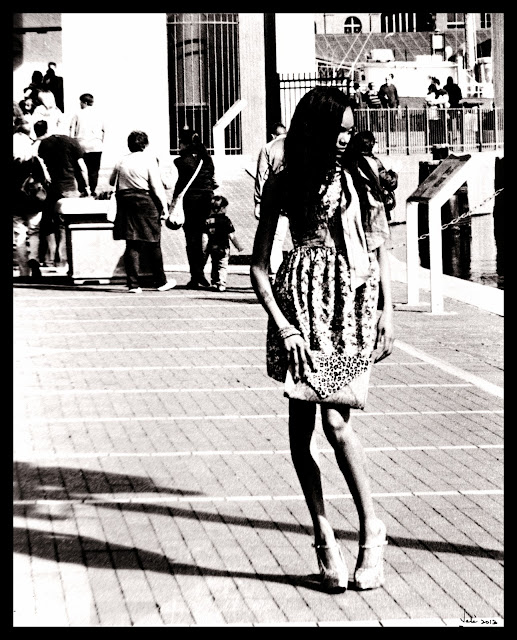The past month the country, and especially Arizona, saw unprecedented snow storms and arctic temperatures. Staying mostly indoors, it was a good time to repair a few of my cameras.
As I was looking through my shelves of cameras arranged by make and year (mostly from 1938 to mid-1990s) I stopped on a couple of Nikon F2 that I had not used for a while. After testing the speeds and meter, one of the 1976 F2’s speeds hung up lower than 1/8th of a second.
So, I started the cleaning and lubrication with that one.
… Along with the 1969 Nikon F, the F2s were my favorite travel cameras. They have been around four continents for 40 years and still my Nikon F FTN has had no repairs! The speeds are perfect on the mark and the meter as good as my Nikon F3’s.
After a couple of hours of work, the F2’s speeds came back to life. And so did my nostalgic feeling to take it out and use it again. But I wanted the old experience back, so looked in my small freezer where I keep film and paper for the Agfa APX 25 film package, and took one out to let it thaw at room temperature for 2 days. I had no idea what to expect from a 25 ASA film that had expired in 1975, but I had to try it!
The Nikon F has been used in wars and in good times, and never missed a step. The F2 was a major improvement on the F through its metering system, and because it could take a professional grade motor winder. However, it was necessary to routinely exercise with weights, as the camera, the winder and the 8 AA batteries it took weighed more than 3kg, and felt like 10kg if hanging from your neck during a day on assignment! More, the MD-3 motor winder, and MB-2 battery pack had and moved hundreds of gear and springs to advance a single frame. So the noise that outfit made sounded like a machine gun…
Here is my 1976 Nikon F2 with motor drive and battery pack
Note the strange rubber cover around the viewfinder. I have lost the +1 diopter magnifying lens and my aging eyes did not see as clear to manually focus each frame (I do not like to wear prescription glasses when taking photos as most of the old cameras have metal rims around the viewfinder and these scratch my lenses). So, I took the front cylinder of a mini flashlight, cut the lens from my old prescription spectacles to fit the flashlight cylinder. Now, I could see perfectly clearly to focus the lens. But the protruding cylinder still being metal, I needed a rubber cover to protect both my eye and spectacles if I decide to wear them. After looking a bit in my nick-nacks bin, I found a small rubber wheel probably belonging to a toy truck. I cut it go around the makeshift diopter lens I made, and now my eye is safe!
And I do not think there is another Nikon F2 in the world that has a toy truck's wheel fitted on the front piece of a Mini Mag flashlight around the viewfinder!
… I loaded 8 AA batteries and tested the winder. After about two decades of silence at first it sounded like a heavy smoker during his morning cup of coffee. Then, all the gears got happy and my heart was beating a bit faster hearing that music again. At some point I was worried that the coyotes outside my house will hear the machine gun and fear for their lives…
So, I loaded the 40 year old Agfa film and took the F2 for an early morning shooting test (ha! “shooting” really applies to this camera when using the motor drive...)
… I developed the exposed film in Kodak D-76 solution. When the fixer bath was over I was pulling the strip out of the Kodak Day Developer (which I have used for decades) when the strip tore. I suppose that over the years the traditional celluloid film had gotten a bit brittle. So I lost a few frames, but the others looked amazingly well exposed with the delightful detail that a 25 ASA film can capture.
My favorite shot was of a raven sitting atop a statue erected in memoriam to American soldiers from Prescott, AZ, who gave their lives in the Vietnam War. It was just after sunrise and tonal range was perfect for B&W film, even if it was 40 years old…
March 12, 2023
©Vahé A. Kazandjian, 2023

















